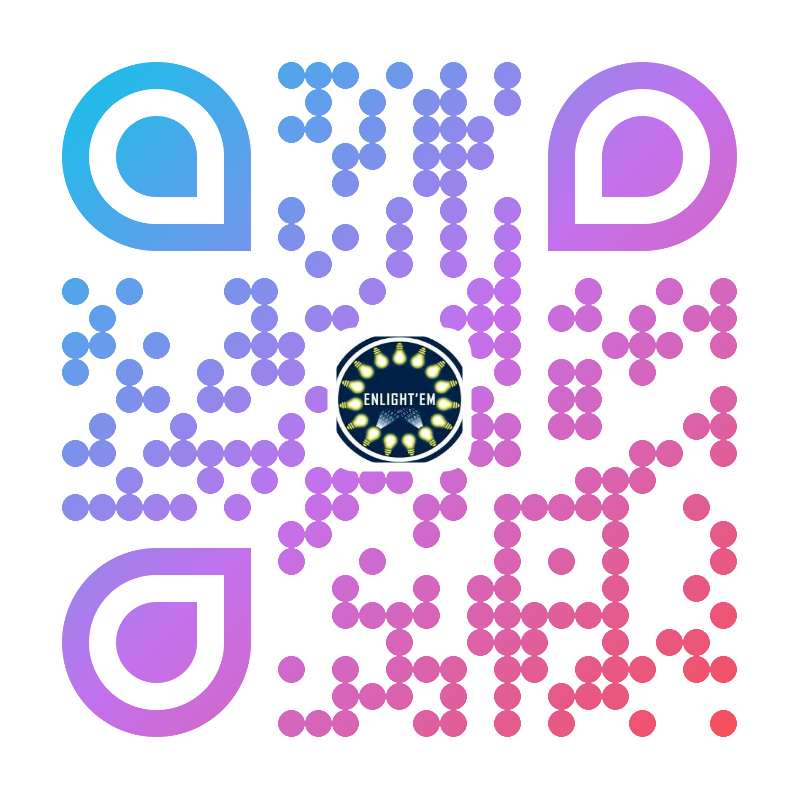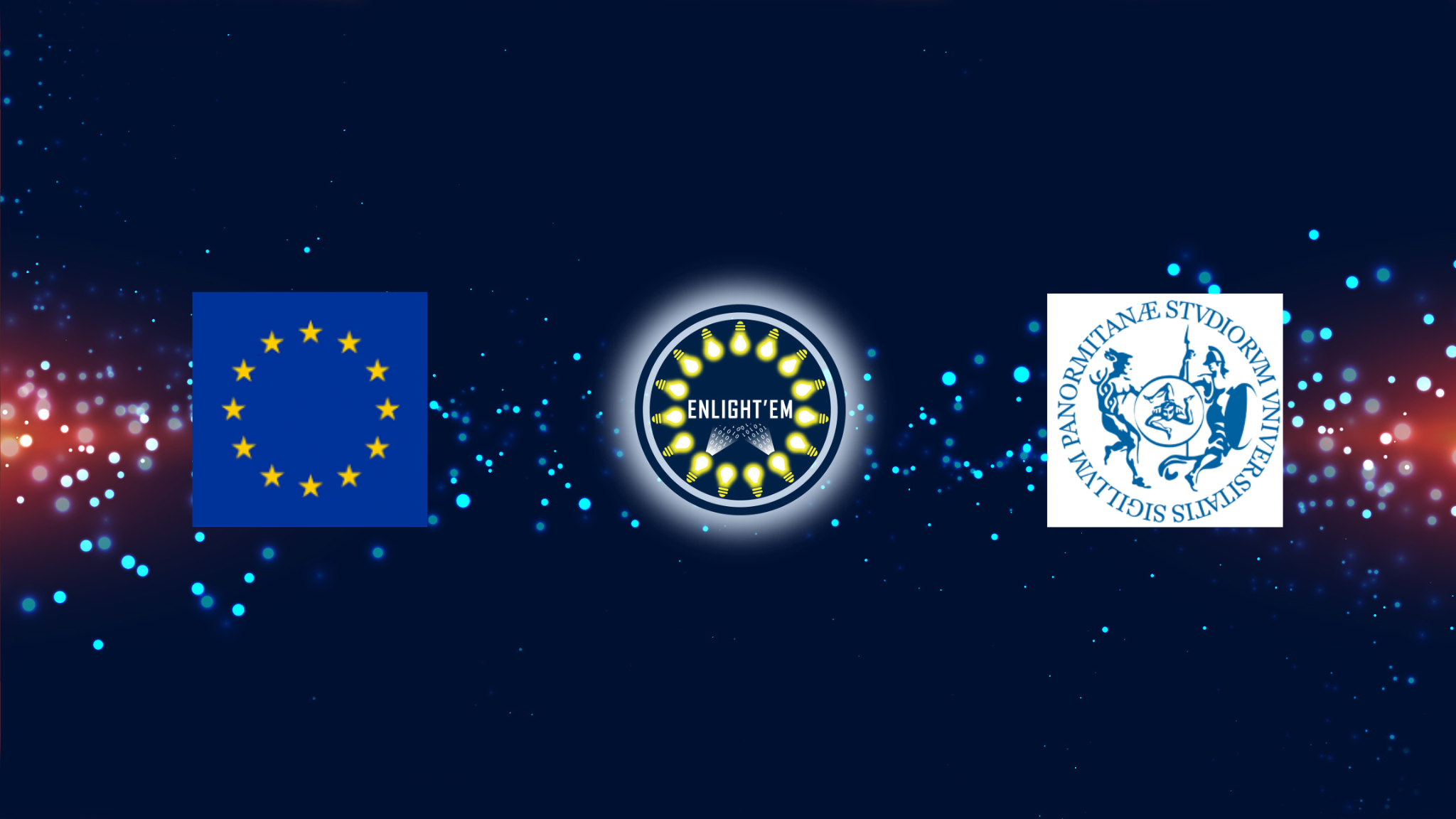From LED to the Future
Written on October 10th, 2019 by Kien Ngo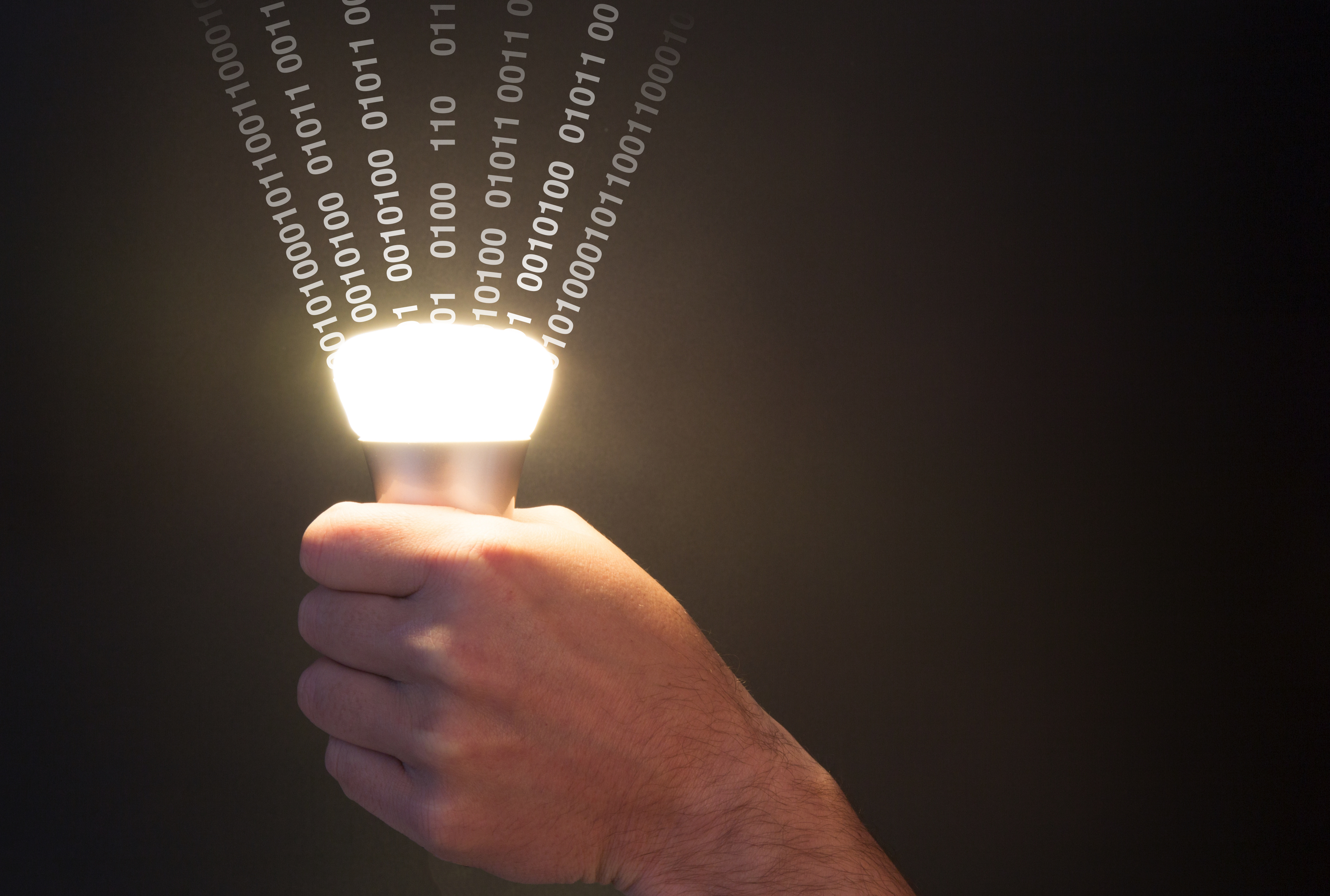
From LED to LiFi
The history of visible light communications (VLC) dates back to the 1880s in Washington, D.C., when the Scottish-born scientist Alexander Graham Bell invented the photophone, which transmitted speech on modulated sunlight over several hundred meters. This pre-dates the transmission of speech by radio.
In Napoleon’s time much of Europe was covered by a network of optical telegraphs called semaphores (not to be confused with the traffic lights found at today’s road junctions), while Graham Bell believed his greatest invention was the photophone , a sort of telephone in which sound waves were transformed into electromagnetic waves of the visible or infrared spectrum instead of electrical impulses like its better known counterpart.
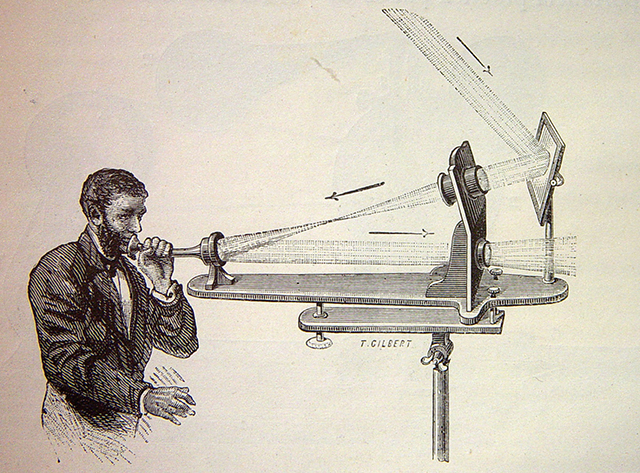

Unlike the radio or microwave spectrum, the visible spectrum has a large - though still unregulated - capacity for wireless communications. In the experiments conducted so far, scientists have achieved a data rate of 3.5 gigabits per second (just over 4 megabytes) by adequately modulating the light emitted by a single blue LED. By taking advantage of white light LEDs, however, the transfer speed is reduced to 1.7 gigabits per second. If confirmed on a large scale, these results would make Li-Fi the most promising heir to Wi-Fi.
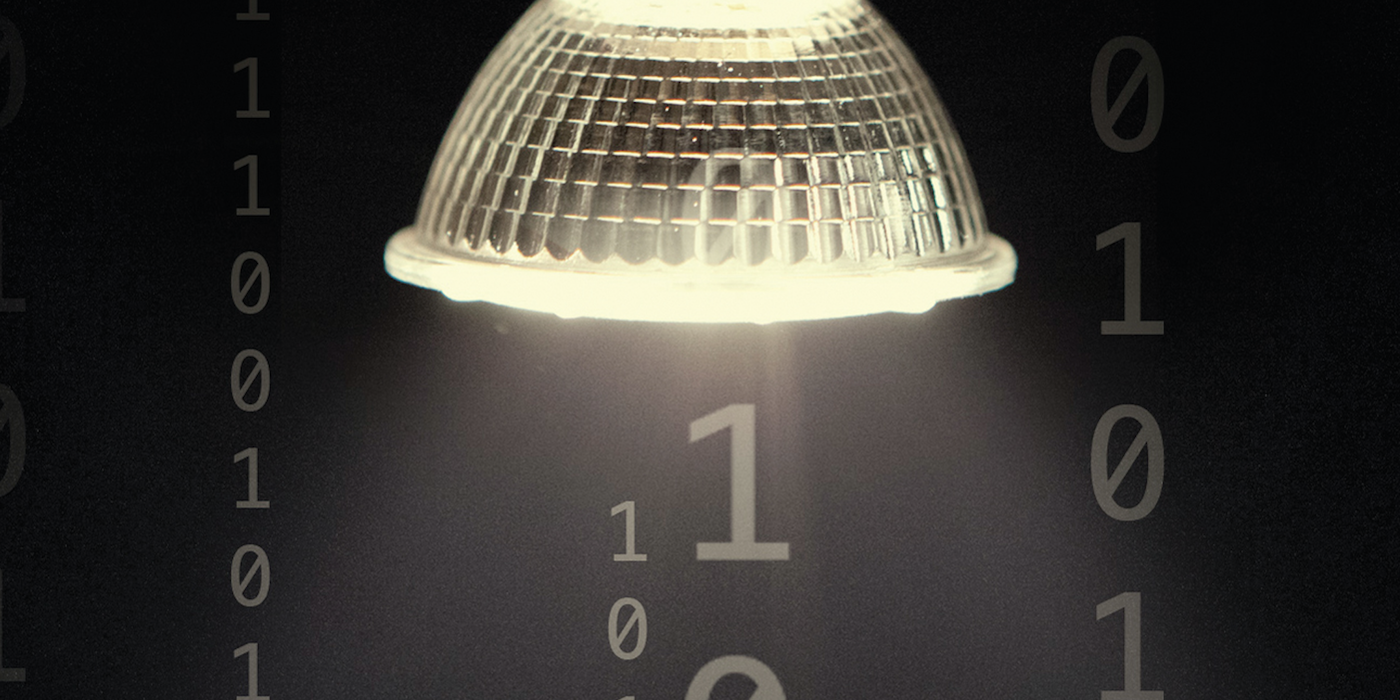
Optical wireless telecommunication offers other advantages over Wi-Fi. First of all, a Li-Fi network does not require any new system or the installation of antennas or repeaters: you can take advantage of existing LED lighting networks (home lights, for example, or the public lighting system on the street ) coupled with normal cameras (for example the webcams of our PCs or the cameras of our mobile phones). The various light sources - usually composed of more than one LED - could communicate simultaneously with multiple devices, sending different signals to each of them: in this way the frequency spectrum could be used more efficiently and without creating typical interference. of other electromagnetic waves.
Scan this QR code to learn more about us:
